Best time in Fall planting for max root growth
lone_elm_z6
7 years ago
Featured Answer
Sort by:Oldest
Comments (40)
alabamatreehugger 8b SW Alabama
7 years agogardengal48 (PNW Z8/9)
7 years agoRelated Discussions
What is the Best Time to Receive Bare Root Trees For Fall?
Comments (15)Redsun: The trees need to drop their leaves before being dug. By the time they sort and grade the trees it's too late to ship to many areas in fall. Either the ground is frozen or the trees could freeze during shipment. It's easier and cheaper to ship all the trees in spring when they are not as busy with other things. They can't just pop a few out of the ground and ship the next day when they've still got thousands of trees that have to be dug and protected before freeze up. Freezing during shipment has been the main restraint I've been given by nurseries in WA, OR, NY, and PA. I can plant all winter but those northern nurseries don't want to risk shipping me a few trees before March....See MoreBest time to plant Anabelle in Fall - 6B
Comments (1)I would plant it as soon as possible. You want it to develop roots in the ground before winter hits. And I'd pile a bunch of leaves on it when it gets really cold--just to make sure it makes it through its first winter. Make sure you water it in well and don't let it get dried out during the next couple months. Good luck. Kate...See MoreSmall clem plants, fall planting -- timing of pruning?
Comments (14)Perhaps it is not necessary to add more mulch for clematis in my area as most winters we have good snow coverage. But some winters, not so much. When I attended local gardening workshops the pros always emphasized winter mulching, but, they mostly admitted that they themselves do not add winter mulch. So, who knows? Since I collect the neighbors' shredded leaves to compost and mulch other plants around the clematis I add it to them as well. Most clematis die back to near the ground for me. My hope is that covering the prune 2 clematis well will keep more of the stems alive higher so I can get that early spring bloom on old wood. Sometimes it works. The clematis I grow from seed and from cuttings are kept in pots and put in the ground in holding beds. These I don't want to take a chance of losing so they get completely covered by shredded leaves for the winter....See MoreBest time to root prune container figs
Comments (5)The best time to repot/root prune F carica (the hardy fig) is in spring. The first time you repot, keep a close eye on the buds and be prepared in advance to repot at the very first sign of budswell. The next and all subsequent repots should be 2 weeks earlier than when you noticed bud movement. Take note of when you see the first sign of budswell each year. After several years you'll be able to predict with fair accuracy when buds will move, and you'll be able to repot just before they do. Buds on your hardy figs will be moving (in most cases) 2-3 weeks before figs and mulberries (close relatives) in the landscape are starting to push. Nothing is carved in stone, though. Several years ago, we had a week of weather in the mid to upper 80s in March. I had all sorts of trees breaking bud and had to take a week off to repot. I remember standing on the driveway in shorts and tank top with a hella bad sunburn by week's end, in spite of the SPF 35 I had slathered on. So pay attention and be prepared, in case Mother Nature serves up a curve ball. You CAN repot in fall after leaves are shed, but it's very important that you protect the roots of trees repotted in fall from any chance of freezing. Al...See Morewisconsitom
7 years agoMike McGarvey
7 years agoEmbothrium
7 years agolast modified: 7 years agoSmivies (Ontario - 5b)
7 years agoDave in NoVA • N. Virginia • zone 7A
7 years agoedlincoln
7 years agoEmbothrium
7 years agolast modified: 7 years agoEmbothrium
7 years agowisconsitom
7 years agoSmivies (Ontario - 5b)
7 years agolast modified: 7 years agoUser
7 years agolone_elm_z6
7 years agolast modified: 7 years agoLogan L Johnson
7 years agoEmbothrium
7 years agohamburglar1
7 years agoUser
7 years agoBulldog Climbing Service
7 years agoBulldog Climbing Service
7 years agoLogan L Johnson
7 years agoBulldog Climbing Service
7 years agoUser
7 years agoLogan L Johnson
7 years agoBulldog Climbing Service
7 years agoUser
7 years agoBulldog Climbing Service
7 years agorhizo_1 (North AL) zone 7
7 years agolast modified: 7 years agoUser
7 years agoBulldog Climbing Service
7 years agosowen18
7 years agoEmbothrium
7 years agogardengal48 (PNW Z8/9)
7 years agoUser
7 years agolast modified: 7 years agoEmbothrium
7 years agolast modified: 7 years agoUser
7 years agolast modified: 7 years agoBulldog Climbing Service
7 years agowisconsitom
7 years agoSherry8aNorthAL
7 years agolast modified: 7 years ago
Related Stories

FALL GARDENINGWhy Fall Is the Best Time for Planting
Spring is overrated for planting. Starting plants in autumn has advantages for both garden and gardener
Full Story
FALL GARDENINGMake This Fall’s Garden the Best Ever
Learn the most important tip for preventing buyer’s remorse, plus get more valuable buying and planting advice
Full Story
GARDENING GUIDESThe Beauty of Bare-Root Plants
Plant dormant trees and shrubs in fall using the easy, affordable bare-root method and enjoy beautiful results in spring
Full Story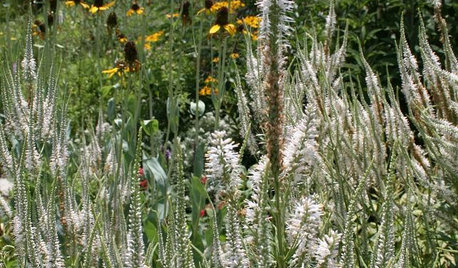
CENTRAL PLAINS GARDENINGGreat Design Plant: Culver's Root
Spiky summer blooms beloved by butterflies and architectural interest in winter make this Midwest native plant worth featuring in the garden
Full Story
FALL GARDENING6 Trees You'll Fall For
Don’t put down that spade! Autumn is the perfect time for planting these trees
Full Story
TREES7 Deer-Resistant Flowering Trees to Plant this Fall
If you live in a neighborhood with roaming deer, consider these beautiful trees that won't tempt hungry guests
Full Story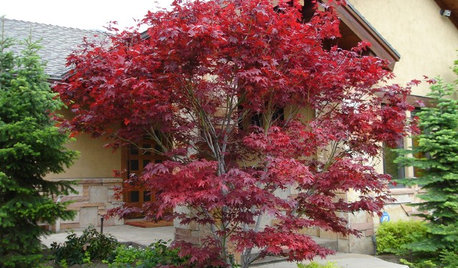
GARDENING GUIDES8 Plants Bursting With Beautiful Fall Foliage
Luscious berries, rich crimson leaves and stellar stalks show that nary a flower is needed for enthralling autumn gardens
Full Story
GARDENING GUIDES6 Unsung Bulbs for Fall Planting
Don't hang up your spade after summer — plant these unusual bulbs in fall for a spectacular spring show
Full Story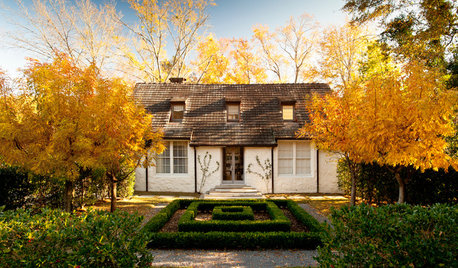
GARDENING GUIDES6 Plants for Colorful Fall Foliage in the Water-Wise Western Garden
Try these colorful, drought-tolerant additions to your garden for a fall season filled with color
Full Story
GARDENING GUIDES8 Plants for a Deliciously Fragrant Fall Garden
Scent the autumn air with the perfume of caramel corn, honey and spices by adding these intoxicating plants to your landscape
Full Story


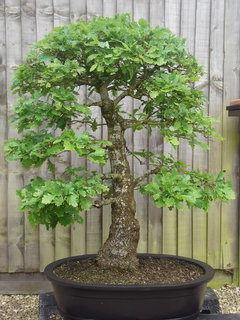




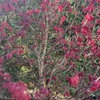
brandon7 TN_zone7